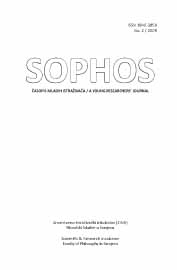



The aim of the present study was to explore the ways in which the categories of poetics, i.e. fictional time, space and point of view construction, are related to cultural encoding and the artistic practices of the modernist and postmodernist age. Whereas classical narratology, employing the ready-made “container” metaphor, often defined the narrative as the representation of events in time and space, my purpose was to use the developments of postclassical narratology and to show that time, space and point of view are themselves complex constructions, emerging as a result of both the author’s individual sensibility and cultural factors. Time and space may be described as either physical containers of action or innate categories of consciousness or, finally, as a result of human activity in the world. In the latter case, the construction of fictional worlds is only part of a broader experience of orientation and working hypotheses about “reality”, which was for Nabokov “an infinite succession of steps, levels of perception, false bottoms, and unquenchable, unattainable” (SO, 10–11).
More...Keywords: coherence; cohesion; discourse; narrative; plot; story; structure; text.
The article proposes a pluralistic approach to two of the most significant concepts pertaining to discourse and text structure. It discusses various theories suggested by researchers in fields as varied as narratology, psycholinguistics, sociolinguistics and discourse analysis, in the attempt to offer a more systematic and comprehensive idea of the importance of coherence and cohesion to the understanding of narrative discourse.
More...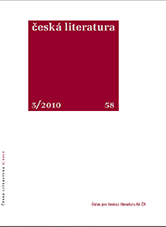
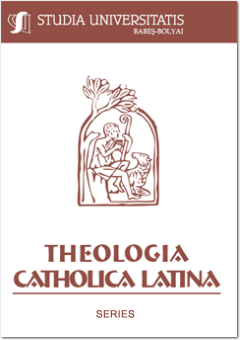
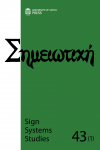
Review of: Harri Veivo - Review of Narrative by Paul Cobley. London, New York: Routledge, 2014.
More...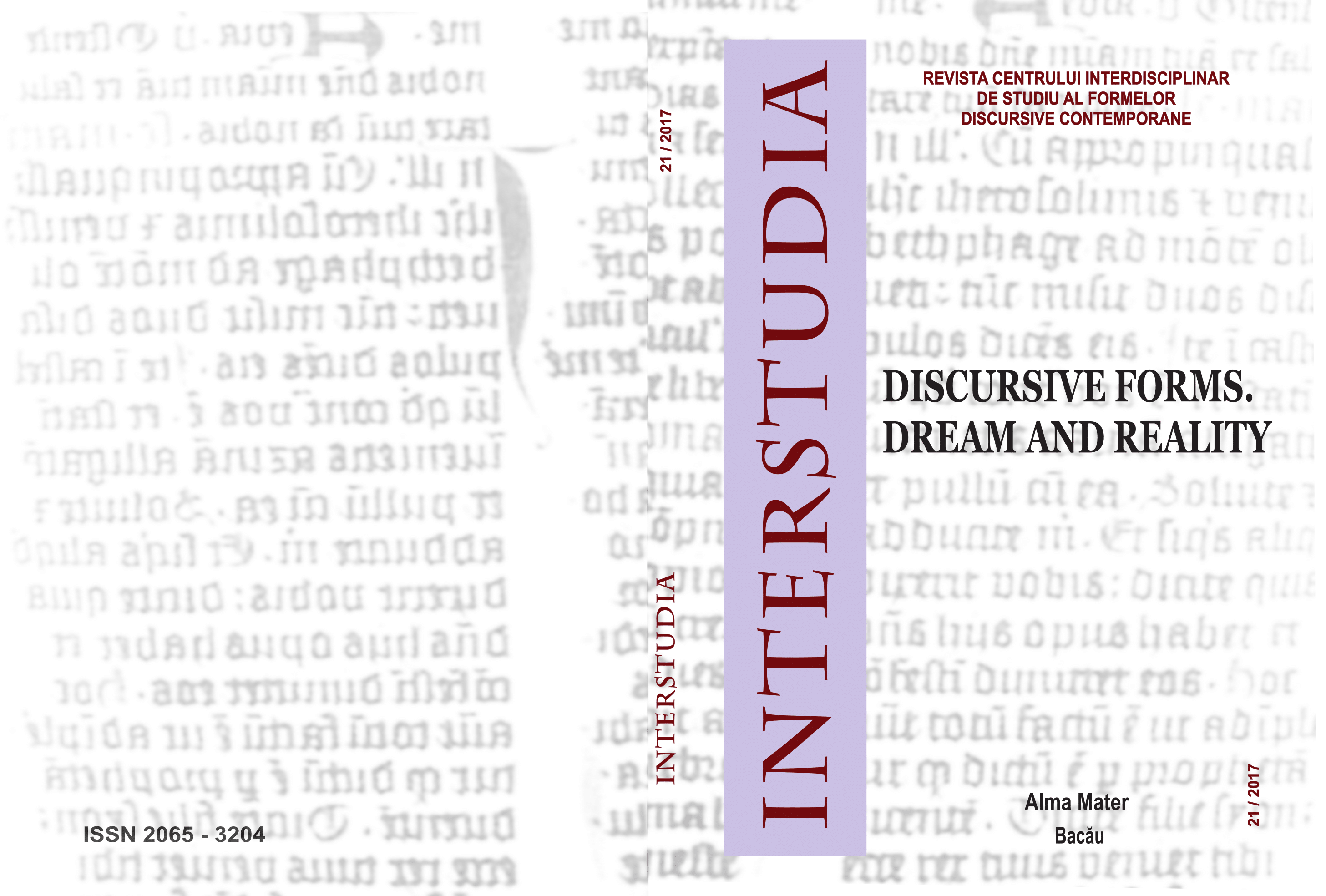
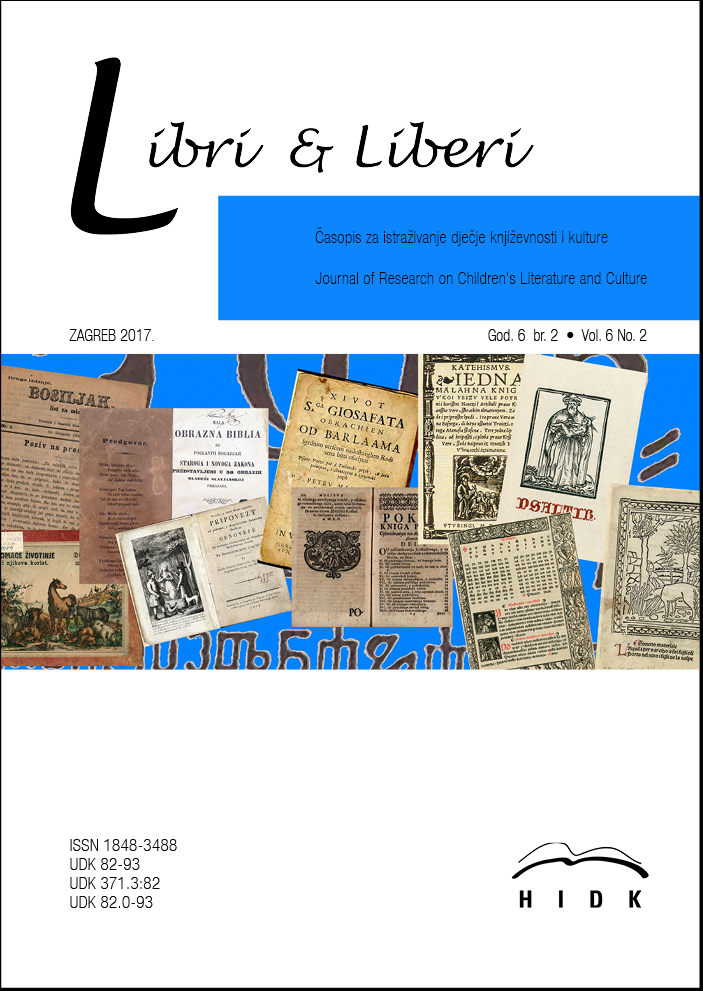
Keywords: Mixed Magic: Global-local Dialogues in Fairy Tales for Young Readers; Anna Katrina Gutierrez; book review;
Review of: Anna Katrina Gutierrez. 2017. Mixed Magic: Global-local Dialogues in Fairy Tales for Young Readers. Amsterdam/Philadelphia: John Benjamins Publishing Company. 230 pp. ISBN 978-90-272-0162-1.
More...![Point of View in Translation: Edgar Allan Poe’s {The Cask of Amontillado} Translated into Polish
[Punkt widzenia w przekładzie: {The Cask of Amontillado} Edgara Allana Poego w polskich tłumaczeniach]](/api/image/getissuecoverimage?id=picture_2018_43821.jpg)
Keywords: translation studies; narratology; point of view; linguistics; stylistics; translatologia; narratologia; punkt widzenia; językoznawstwo; stylistyka
The article examines the notion of {point of view} ({POV}) in translation by drawing on examples from selected Polish translations of Edgar Allan Poe’s {The Cask of Amontillado}. First, the paper deals with the question of narratologically-oriented research in translation studies and outlines a short history of the concept of {point of view} with an overview of definitions proposed by literary scholars. It is argued that recent linguistic analyses of {point of view} have contributed to examining the notion of {POV} in literary translations. The article also systematises different research approaches that have been developed to study “point of view in translation.” Finally, the paper follows the linguistically-oriented conception of {point of view} in order to examine translation shifts with regard to the linguistic indicators of {POV}, including time markers and modality, based on examples from Polish translations of Poe’s short story. W artykule zanalizowano pojęcie punktu widzenia ({point of view / POV}) w przekładzie na podstawie wybranych polskich tłumaczeń opowiadania Edgara Allana Poego {The Cask of Amontillado}. W początkowej części przedstawione zostały problemy perspektywy narratologicznej w badaniach przekładoznawczych oraz zarys historii pojęcia punktu widzenia wraz z przeglądem definicji zaproponowanych przez teoretyków literatury. Autorka stwierdza, że wprowadzenie perspektywy lingwistycznej w badaniu punktu widzenia przyczyniło się do poruszenia zagadnienia {POV} w przekładzie literackim. W artykule usystematyzowane zostały również podejścia badawcze opracowane w celu analizy „punktu widzenia w przekładzie”. Autorka, obierając lingwistyczną koncepcję punktu widzenia, analizuje przykłady z polskich tłumaczeń opowiadania Poego w celu zbadania przesunięć w przekładzie w odniesieniu do językowych markerów {POV}, w tym wykładników czasu i kategorii modalności.
More...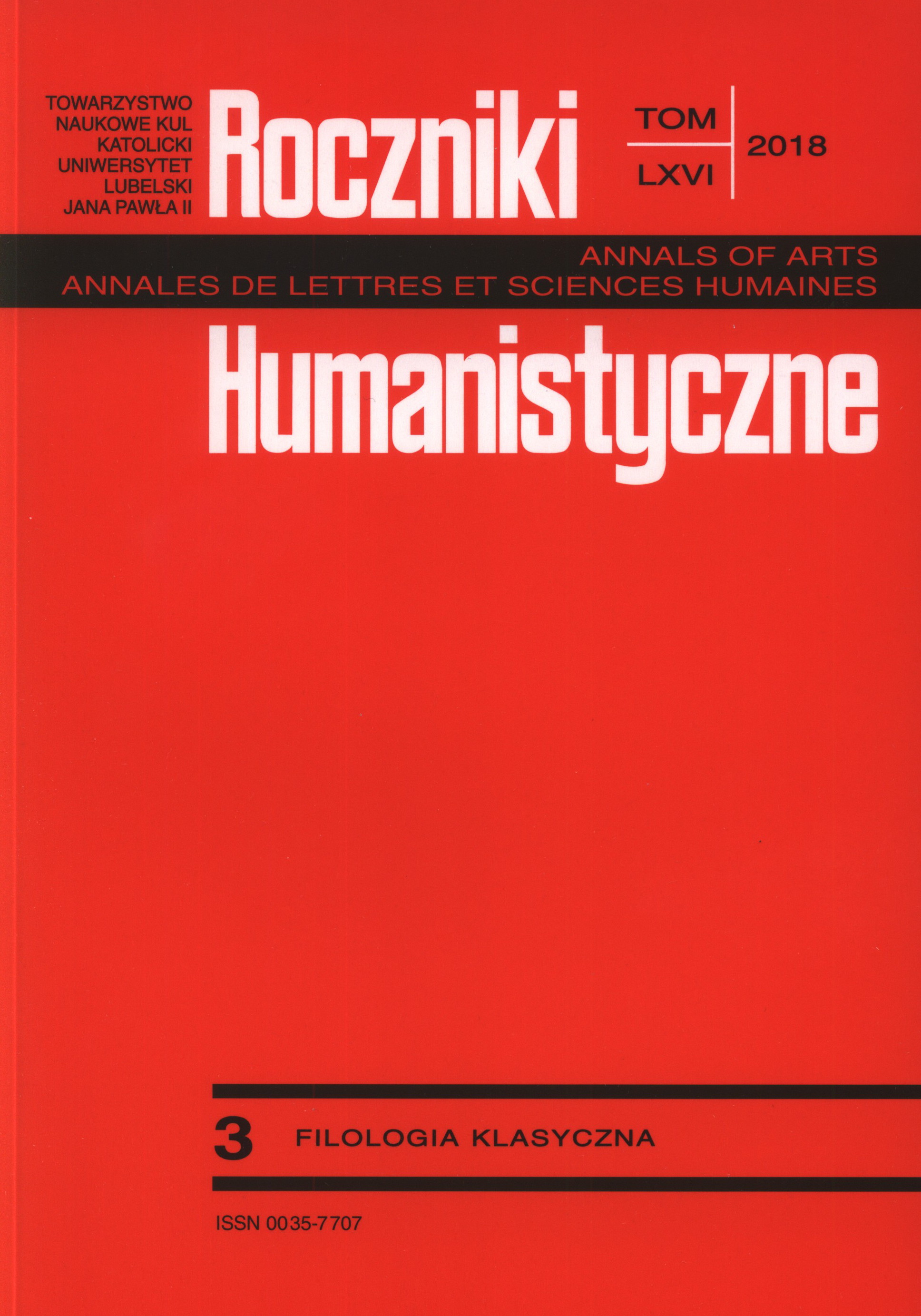
Keywords: Properius; elegy; composition; semiotics; narratology; monodrama; boundary; liminality; transgression; space
The article describes the undertaken semiotic analysis of space in elegy II 26a of Properius both at the level of textual events (narrative) and at the level of poem composition. Referring to the Propertian inspiration by visual arts (M. Hubbard), the author uses the concept of an ekphrastic technique of space composition to show the function of the “border” motif in a liminal and transgressive space model as well as interpersonal relations. In result the author concludes that the above-mentioned levels of poetic images and the composition of the text are connected by a transgressive figure of the subject, able to cross the boundary created between the “story of a dream” and the narrator–reader (or listener) relationship. This leads to the argument that elegy II 26a is a form of monodrama with the central figure of the subject–actor, who, like a angellos in the drama, simultaneously operates in the “stage” space of the narrator–recipient relation and the space of textual fiction.
More...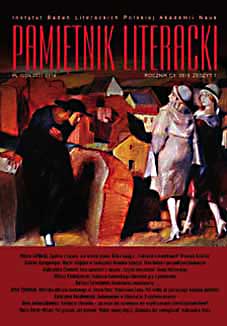
Keywords: Witold Gombrowicz; Gombrowicz's “Pornography”; yarn; fictional autobiography; unnatural narratology
The main thesis of this paper is incommensurability of interpretive paradigms which rely on the theory of the novel and on classical narratology to researching the formal construction of Witold Gombrowicz’s “Pornografia” (“Pornography”). The novel on the one hand generates specific literary genetic and semantic occurrences (fictional autobiography and yarn), and on the other hand questions them. Paradoxicality of to date methodologies is presented as based on a newly observed formal phenomenon of interdiegeticity. It consists in a conditional suspense of diegetic division in a piece of writing (fundamental for both autobiography and yarn). The problem is analysed with resort to the tools and interpretive techniques derived from so-called unnatural narratology the main aim of which is redefinition of the narrative theory’s dominating dictionary in such a way so that it may become more adequate to research texts labelled as “experimental,” “weird,” “untypical.”
More...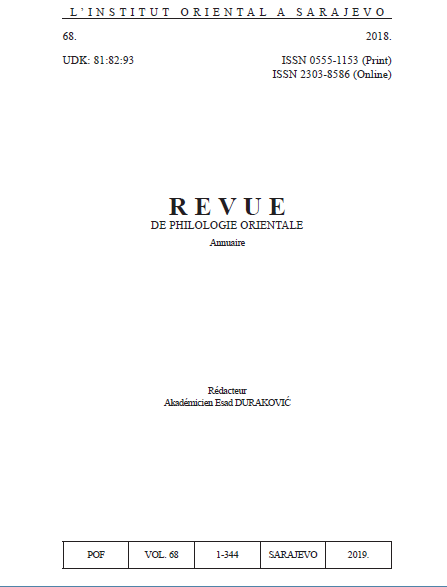
Keywords: narrative; narratology; sicils; Jerusalem; Serb monasteries in Jerusalem; Monastery of Saint Sava in Jerusalem; Monastery of the Holy Archangels in Jerusalem; Monastery of Saint Michael in Jerusalem;
This paper uses a narratological approach to present two documents from the sicil of Jerusalem kadis. The documents date back to the mid-17th century and deal with court disputes related to the problem of settling debts by the Serb monastic community in Jerusalem after it ceased being an independent community and came under the jurisdiction of the Greek community. The paper analyses the internal architecture of the documents and their narrativity, the issue of the narrator, ”actors and characters”, the problem of focalisation, coherence and narrative continuity in the documents. Narratological approaches are also combined with both micro-historical and cultural premises to examine the relationship between the sicil documents and the ”real world”, i.e. the possibility of applying narrative implication to read the sicil documents and the relationship between written and oral text in the sicils.
More...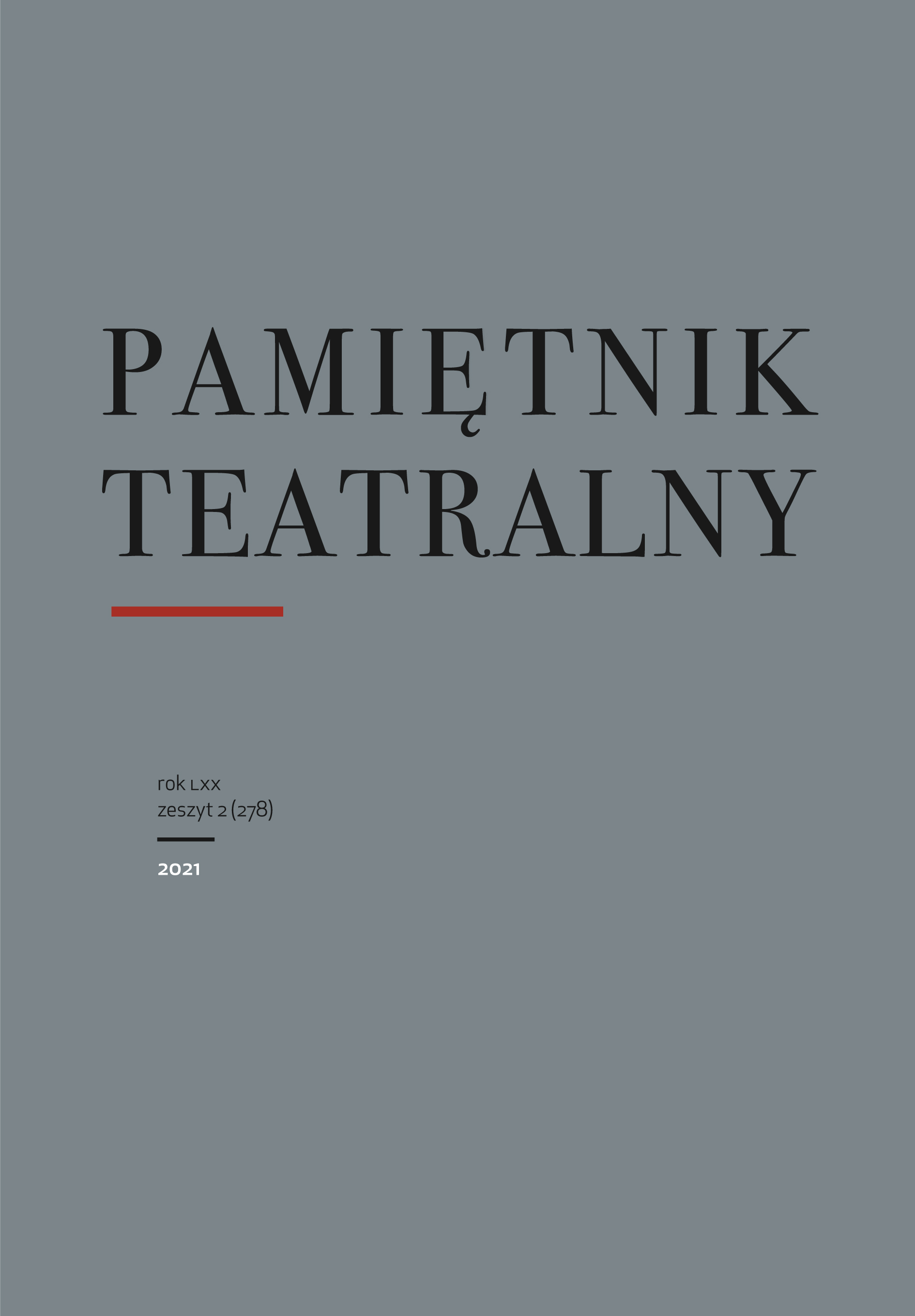
Keywords: Krystian Lupa; temporality;durational aesthetics;multimedia in theater
The proposed article ponders upon Krystian Lupa’s Capri—the Island of Fugitives (2019), an original production staged at the Powszechny Theatre in Warsaw that brings together two of Curzio Malaparte’s prose books: Kaputt (1944) and The Skin (1949). By focusing on the parts of the production that adapt Kaputt, the article scrutinizes scenes produced by the live performance and the virtual projections in order to describe and explain how theatrical expression is enriched by such a juxtaposition. This analysis uses the theoretical frameworks of unnatural narratology (Jan Alber et al.), postdramatic durational aesthetics (Hans-Thies Lehmann), and the idea of the virtual double (Matthew Causey). The primary argument relies on the specific temporality emerging from the Lupa’s performance that enables spectators to feel existence within and beyond time. Furthermore, the study investigates the overarching idea of the performance, recognized by the strategy of foregrounding the thematic that oscillates within the problematics of human cruelty.
More...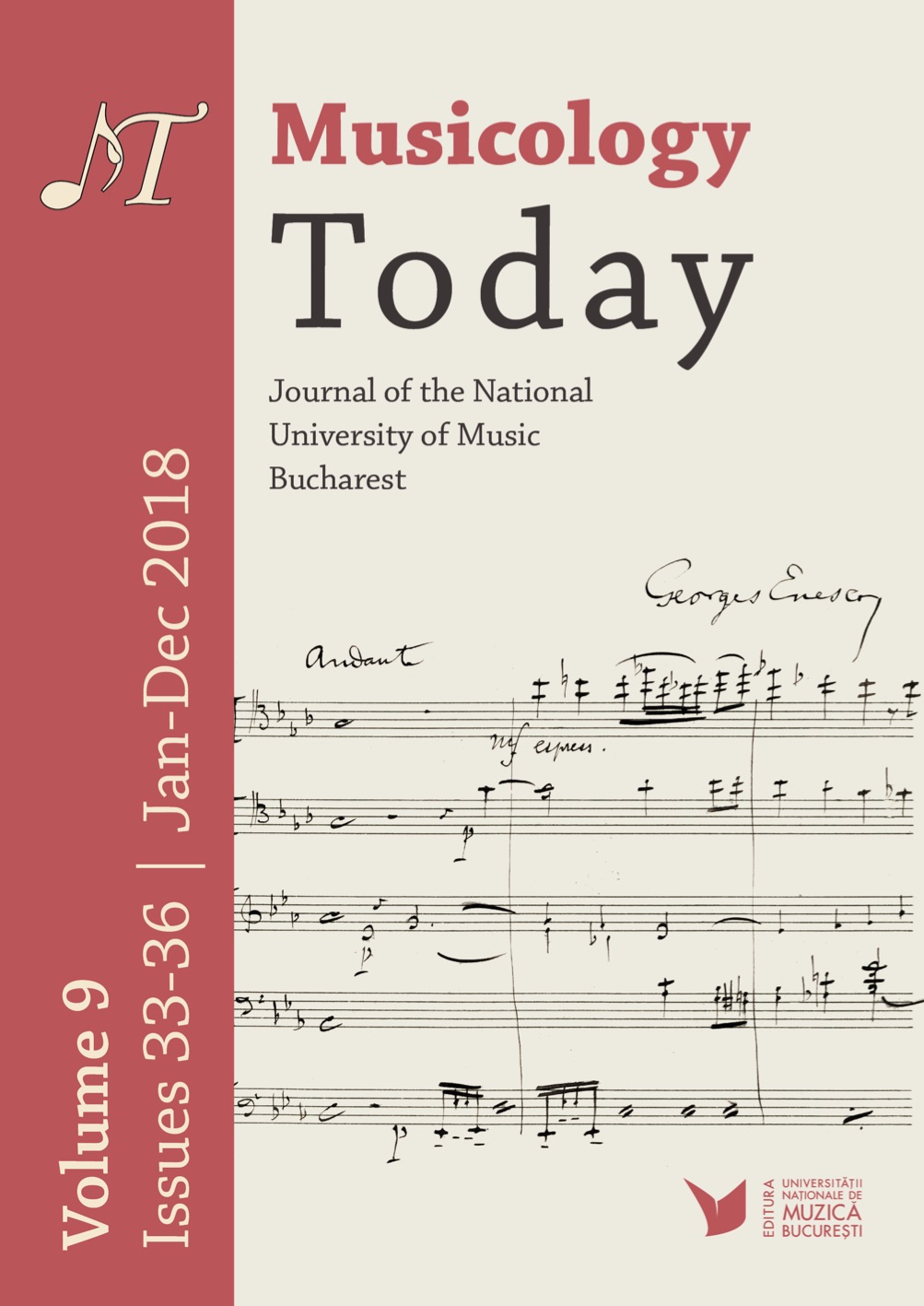
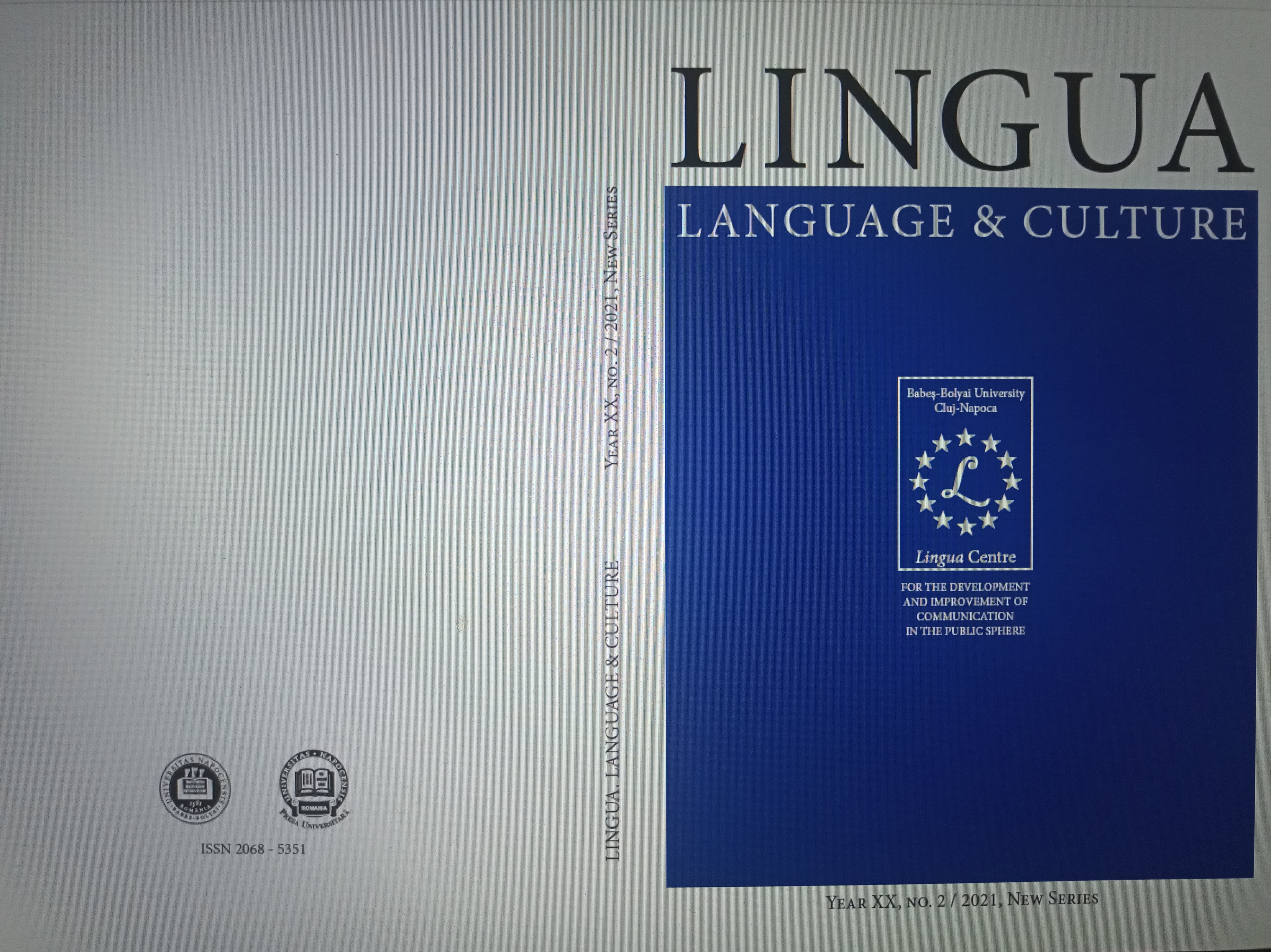
Keywords: Gothic novel; visual storytelling; manga; Japanese adaptation;
The article's main aim is to discuss the adaptation of Frankenstein by Junji Ito, through the approach that focuses on contemporary Japanese visual popular culture (Norris 2009). Although Frankenstein was adapted through various media by the Western culture as well, the artistic value brought by the Japanese adaptation is not regarded as a mere derivative of the original novel, but of an actual "equal artistic status" (Pusztai, 2015), as the unique characteristics of the Junji Ito's adaptation and no other is the fact that his manga received the Eisner Award in 2019, under the category of "Best adaptation from another medium". The analysis of the mechanisms of Junji Ito's visual storytelling, as well its comparison with the imagery created in the novel by Mary Shelley is performed using Eisner's (1985) theory on comics and sequential art. Moreover, the current analysis may serve as a reference for future research and Japanese visual adaptations for various Western novels.
More...Keywords: Narration; narrative; percentage of unreliability; view of the narrator; markers; extradiegetic; intradiegetic; metadiegetic;
The article is devoted to the consideration the problem of the phenomenon of an unreliable narration in the British intellectual prose of the second half of the twentieth century (Golding, Murdoch). The meaning of the words “narrator”, “unreliable narration” is investigated. The unreliable narration is reviewed based on the example of the novel “Rites of Passage” by Golding (1980). It is noted that the aforementioned work has a vibrant didactic component. It has been found that Golding uses a wide range of narrative techniques. The emphasis is made on the critical analysis by other literary scholars of the novel “Rites of Passage” by Golding. The use of narrative strategies in accordance with the scientific classification by Genette (1980) is investigated. The markers of unreliability of the narrators are emphasized. Attention is focused on the fact that a high degree of unreliability is based on the limited knowledge of the heroes, direct participation in the events, a problematic system of values. It is noted that the unreliability of narration in the novel “Rites of Passage” by Golding forces the reader to doubt not only the narrator but oneself. The use of the narrative method in the intellectual prose of the British writer Iris Murdoch is investi-gated. It has been found that the novel “The Black Prince” by Iris Murdock (2006) is one of the best examples of an unreliable narration. The genre specifics of the novel are emphasized, which combines the forms of the diary, of the memoir and of the confession. In addition, Murdoch creates a narrative strategy, which combines signs of various forms of “I am the narrator” within the framework of one narrative. In addition, “The Black Prince” is a unique model of modern artistic and philosophical metatext genre formation.
More...
Keywords: subversion; storytelling; transmedial narratology; remediation; interior monologue; ideology; identity; feminism.
The article focuses on the comparative analysis of Margaret Atwood’s 1985 novel and Bruce Miller’s (2017) TV adaptation of The Handmaid’s Tale. Special attention in the paper is given to the construction of the main character’s identity in the respective media, most particularly the fact that in the Hulu series (2017-2022) the main character is depicted as a modern feminist activist constantly offering resistance to repressive ideology, unlike in the novel in which her new identity completely erases memories of prior existence and is compliant with inhuman treatment in Gilead. Just like Atwood, Miller applies the strategy of the interior monologue and intensifies its impact by using voice-over narration and italic subtitles that turn the audience into a secret confidante and willing ally in the main character’s struggle against repressive heteronormative and misogynist rules. This thought-provoking platform of expression is purposefully used by Miller in order to emphasize the importance of storytelling as a subversive act of resistance. With the help of Atwood herself, who has been collaborating with the series cast, producers, and director in screenwriting, this TV adaptation draws attention to contemporary issues of political conflicts, sexual slavery, war, toxic pollution, poverty, LGBTQ, women’s rights, as well as the need to address these issues and ultimately influence a long-craved social reform. The theoretical framework of the research relies on the concepts of transmedial narratology as elaborated by Thon (2015, 2016), Ryan (2014), Rajewski (2005), Gobyn (2019) and others.
More...